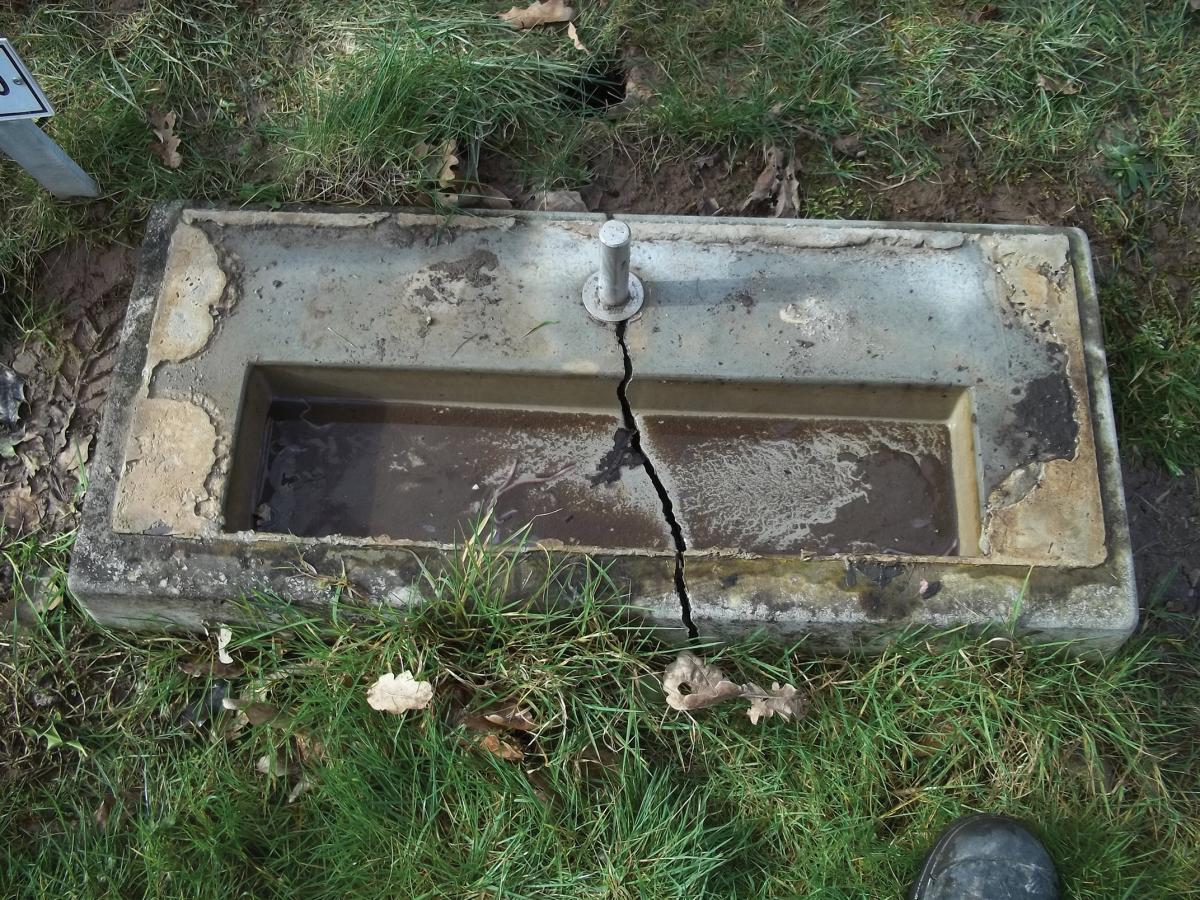David Francis is a hands-on mason who has specialised for many years on the memorial side of the stone industry. If you have an issue regarding any aspect of memorial masonry, David is happy to help. Send your questions or comments to David at david@qmj.co.uk
The foundation is the lowest part of the construction of a memorial. All foundations should be larger on plan than the area of the base of the memorial as they are the load bearing part of the structure.
For lawn memorials this is particularly important because the memorial can become unstable due to changes in the sub-soil. This can result in less forward and backward stability.
The weight of the foundation has a significant part to play in the overall stability of the memorial, because the heavier it is the more it lowers the centre of gravity of the overall structure, keeping the memorial from falling.
Independent foundations are among the aspects of memorial safety being considered by British Standards at this moment.
The standard is being reviewed. Currently it does not include any detail about the construction of foundations.
Failures in concrete foundations are known to masons, so a standard should be set. Some manufacturers do not fully understand the stresses put on these units, especially when they are subjected to enthusiastic driving in of ground anchors.
 Failures have occurred in these units when the ground anchor hole and the space for a flower container are in line. Some are manufactured without any reinforcing bars, meaning they can easily break when a ground anchor is being driven in. If too much force is used it compromises the concrete and can cause a break across the foundation like the one shown in the picture above.
Failures have occurred in these units when the ground anchor hole and the space for a flower container are in line. Some are manufactured without any reinforcing bars, meaning they can easily break when a ground anchor is being driven in. If too much force is used it compromises the concrete and can cause a break across the foundation like the one shown in the picture above.
A foundation with a trough is when a channel, most of the width of the base and wide enough for a flower container, is in the top of it.
The trough reduces the area that a memorial can be bedded into, which allows the joint, through time, to come apart.
The guidance given by the British Cement Association for fixing lawn memorials states that there should be a contact area of at least 80% between the foundation and the base of the memorial.
This excludes any openings for vases, dowels or anchors and ensures there is no way water can penetrate the joint. A trough foundation cannot hope to get anywhere close to meeting the 80% contact area requirement.
The use of hard stones (such as York or granite) as foundations requires special care. Stone does not have the steel reinforcement of concrete and can easily break across the hole for the ground anchor, especially as the thickness of the stone allowed is less than the thickness for concrete.
All of these elements are under review in the British Standard 8415 at this time.
There is discussion about writing more detail into the standard. When the BSI committee has finished, there will be a period of time for public comment.
I will include information in this column on what you have to do in order to comment on the proposed changes as soon as it is available.

